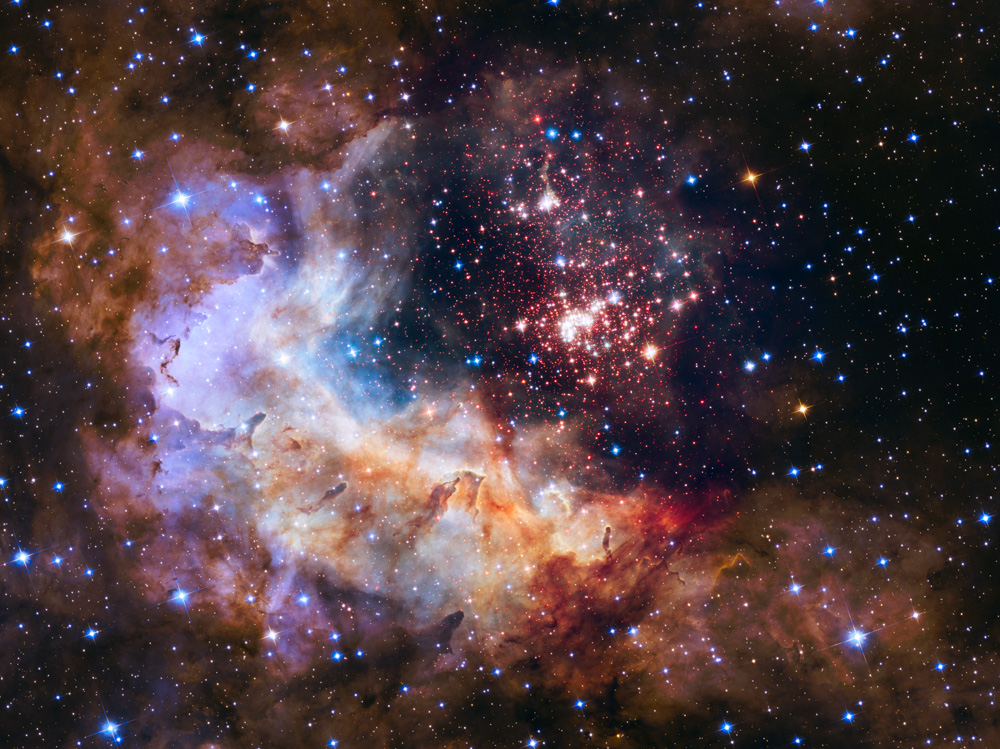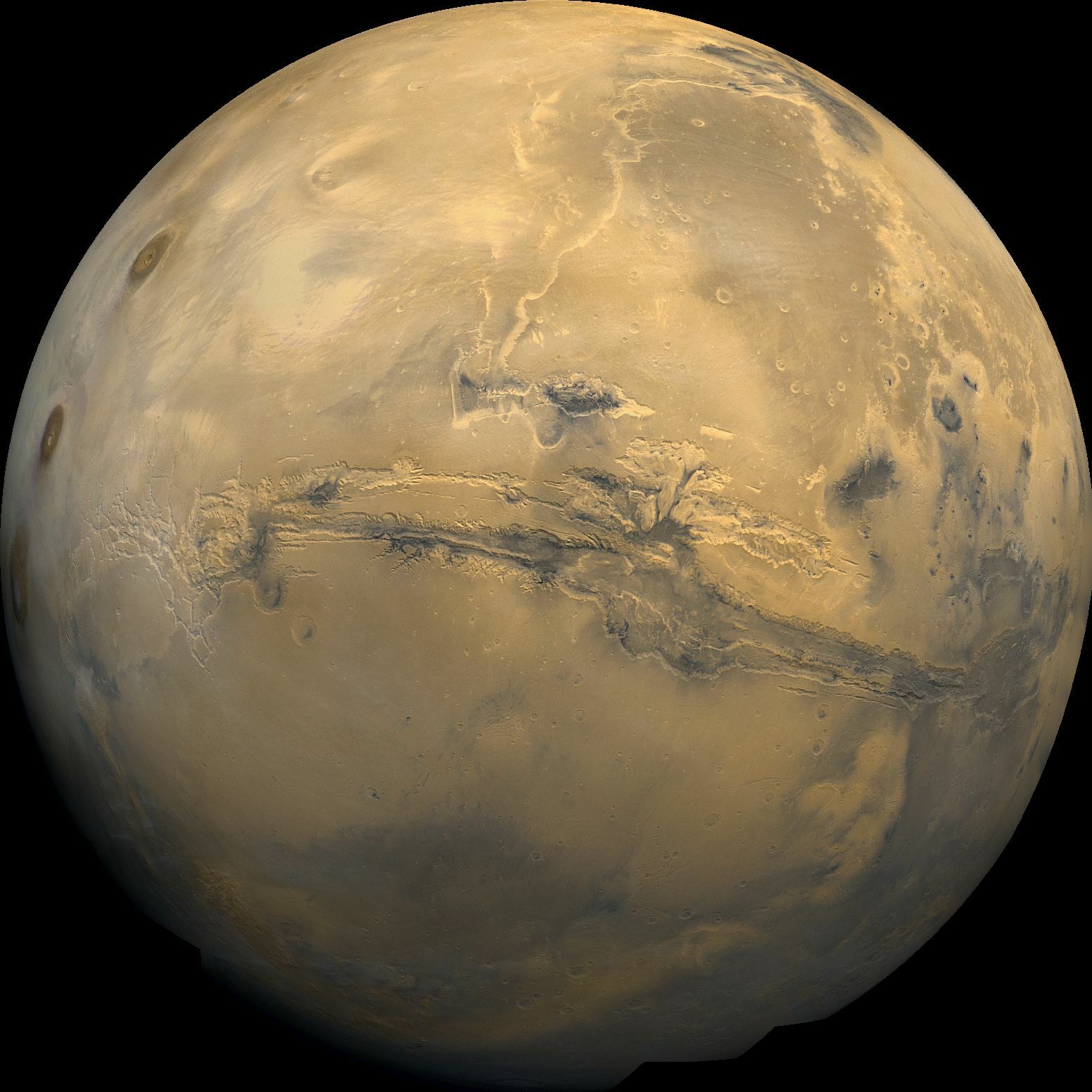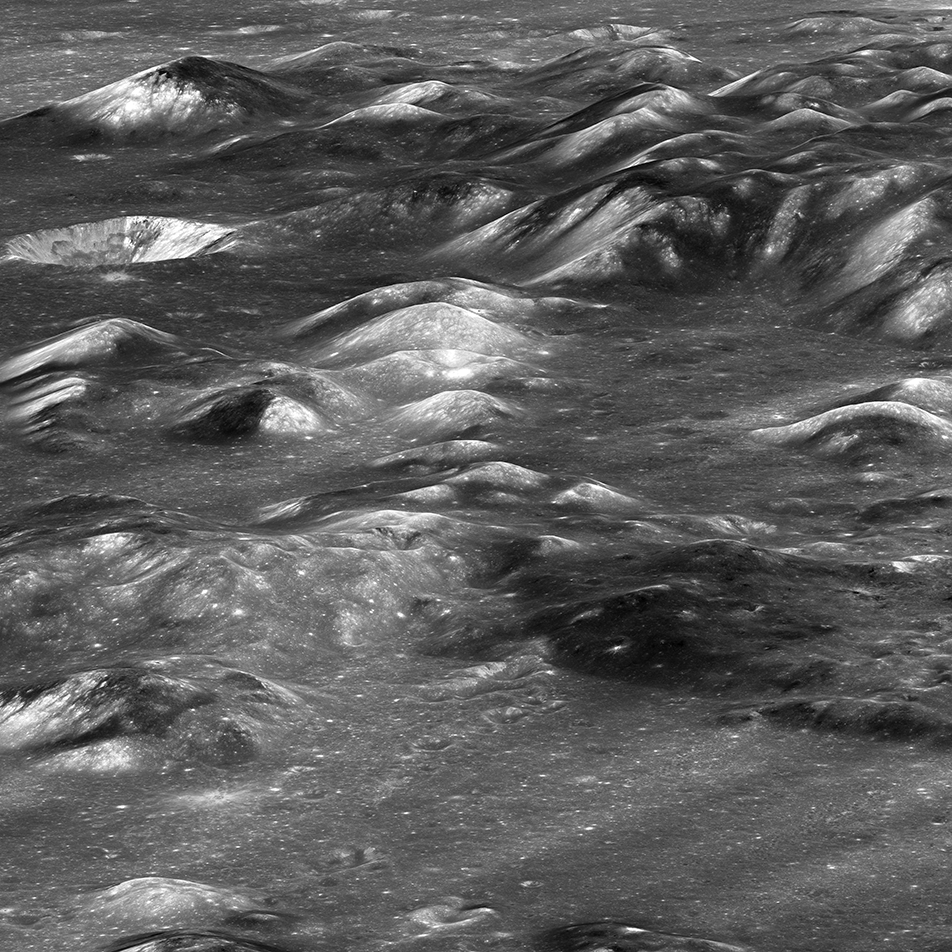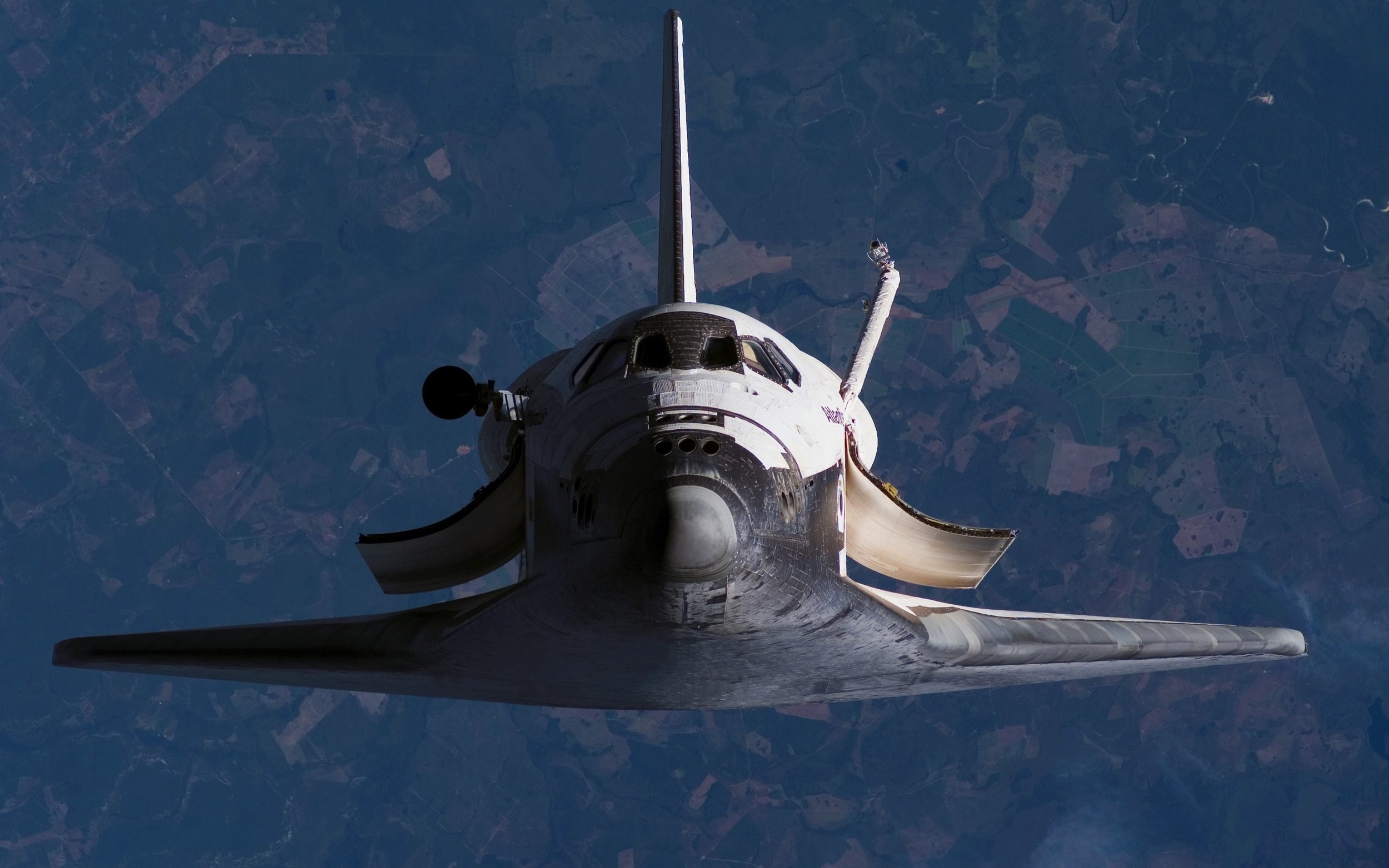Stephen Johnson Photography News
February 2019
Ice Fall. Bear Lake. Rocky Mountain National Park, CO. 1996. from With a New Eye: The Digital National Parks Project. Betterlight Scanning Back.
Upcoming Workshop:
Welcome to the February 2019 Edition of the Stephen Johnson Photography Newsletter.
My upcoming space photo exhibit has been consuming much of my attention and giving me much pleasure. It has given me real reason to work on making some great black and white prints. The sheer number of images from out there is daunting. But it is exciting to explore scanned original rolls of film and deep archives, uncovering so many photographs I've never seen. Oh, if only there was infinite wall space...
— Steve
This month's View From Here column tracks my recent visit to a friend and project collaborator and the new exhibit of Space Photographs opening soon. We hope you find the column interesting and will consider sending us some comments.
Check out the new workshops we’ve added, including Lighthouses of the Bay Area and Color Management.
FEATURED PRINT February 2019
Alan Bean at Surveyor III. Apollo 12. Moon. 1969.
11x11 Pigment Inkjet Print $150 each
16x16 Pigment Inkjet Print $175 each
35x35 Pigment Inkjet Print $275 each
After Apollo 11’s spectacular first landing on the Moon in July 1969, Apollo 12 followed on in November. The mission made a very precise landing in a more complex terrain next to the Surveyor III, that NASA sent to the Moon two years earlier.
We're offering a 11x11 inch print of the photograph, matted to 16 inch wide board and ready to frame for $195, framed in silver for an additional $100, wood for $250. Larger prints will come rolled, un-matted. This print at this price is offered through February 28. We'll be taking orders until then, and shipping them out by March 15, 2019.
LATEST NEWS:
New Lightouse Workshop: We are excited to be offering a new workshop In 2019 that focuses on the lighthouses of the San Francisco Bay Area coastline and the beautiful landscape and ocean settings that they have become monuments to.
Other Worldly opens joining the new Space Exhibit with the Life Form Exhibition on display at Stephen Johnson Photography.
2019 Workshop Schedule is forming with these and other great courses coming up. See what a great experience students have had on Steve's Workshops by exploring Workshop Testimonials.
Upcoming Events & Workshops
Custom Workshop Scheduling: We have set up polls for recently requested workshops to see who might be interested and able to make some dates:
Fine Art Printing Workshop July 2018.
NEW PHOTOGRAPH
Sky and Beach. Great Highway. San Francisco. 2019. Canon EOS 5DSr.
Anytime I’m heading north through San Francisco, I veer west and go up along the beach on the Great Highway. On this particular day the cloud cover was quite beautiful stretching forward, with a brake in the cover on the horizon. I decided a square was a more appropriate composition than a single 35mm aspect ratio. I made two horizontal images, one on top on the other, and stitched them together in Adobe Camera Raw.
Other Worldly Exhibition opening February 24, 2019.
THE VIEW FROM HERE
by Stephen Johnson
One of my New Years goals is to spend time with old friends that I haven’t seen for awhile. I am very lucky to have a wide circle of friends who have shared love, companionship and belief in working to make a difference. High up on my list was my old friend Gerry Haslam, author of many works of fiction, non-fiction and our book on the Central Valley, The Great Central Valley: California’s Heartland. Our time together visiting was a sheer pleasure.
About 1982, as my friend Robert Dawson and I were building our photographic project on the Central Valley, we visited Gerry at his Sonoma State University office. We came to Gerry because of a wonderful book he had done with his friend, writer Jim Houston, California Heartland: Writing from the Great Central Valley. After explaining what we were up to, showing Gerry some photographs, we talked about the photographic exhibition we were building. It wasn’t long before the book we hoped put together came up in conversation. Gerry said on the spot, “I’ll write it.” The partnership was born. The book was published by the University of California Press in 1993.
The book was a real adventure in the world of desktop graphic design, evolving software and hardware for scanning and pre-press. Book creation ran from 1989 through 1992. The book took a long time to produce, in many ways, because the technology was developing as I was putting it together.
I designed our book in Aldus Pagemaker. Adobe Illustrator was used for the graphics, and the brand new Adobe Photoshop was critical. I had to learn how to use all of them. We needed multi-color (black and gray) multi-plate reproduction of the black and white images to extend the depth of their blacks and still control delicate highlights. In response to our need, Thomas Knoll (author of Photoshop), wrote the Duotone Feature into Photoshop for us (and all of the pre-press world). The book was so deeply steeped in emerging technology that people did not believe it was being created on a Macintosh. I ended up doing a book about how the book was made, Making a Digital Book. Of course, the book project was way overly ambitious, as I typically construct. But the The Great Central Valley: California’s Heartland was nursed to completion, and I am very proud.
Steve with Gerald Haslam. Penngrove, CA. 2019. We’re both older, but still deeply appreciative of our partnership that led to a book we a both very proud of. Photo by Jan Haslam.
Long before the book, in the weeks after the 1986 Great Central Valley Exhibit opening at the California Academy of Sciences in San Francisco, we put on a Symposium: The Great Central Valley: Heartland in Transition on valley issues. My friend Michael Black organized the day covering issues from water, to poetry, to ethnic diversity, to agriculture. The video above is Gerry’s talk on the Arts Panel. I also gave a talk on that panel.
Rebuilding, one year later. Santa Rosa Fire, CA. 2019. Canon EOS 5DSr.
Fire Zone
After visiting with Gerry, I made a point of driving a little further north to see some of the remnants of the Santa Rosa/Napa Fire from last year. It always feels voyeuristic to visit the scene of a tragedy, photograph a beached whale, or any other instances of sad happenings. But these situations also merit recording, journalistically, and if possible, artistically.
That is always a question for me, can I make some sense out of what I see? Can my resulting work make some contribution to understanding? Has enough time passed so that the visit doesn’t feel predatory?
My visit was very short this time. I intend to go back soon.
Flag and Burned Trees. Santa rosa Fire. 2019. Canon EOS 5DSr.
Other Worldly
Photography has given us the ability to hold visual memory, to create an independent record of our own mind’s eye experience. It allows us to see again an imitation of what we witnessed with our own eyes and minds. Early on, it became compelling in its minute detail, allowing us to examine at leisure, that which was only fleeting in our human visual experience. Given that photography’s ability to hold what we saw was so powerful, it is now only natural that we would use it to extend photographic sight to more than we can see.
Nowadays, through microscopy, space exploration and detection beyond visual our wavelength sensitivity, we are seeing photography give us views into the universe that is more than what we can see, by perception, capability and location. That is a fundamentally enabling and reality broadening tool.
We go beyond human experience with photography by encoding time, stopping motion, depth of field concatenating glancing around, dynamic range expansion, wider fields of view, record very dim light, record in black and white and see into infrared, ultraviolet and image radio waves.
All of this makes my interest in space-based photography almost without limits. From locations I cannot go, to places humans cannot yet go, we can now image energy beyond our human experience. I am completely taken in by all of these possibilities.
My new Life Form photographs takes advantage of many of these capabilities. The Life Form work takes me in very sharp focus to a place of appreciation of natural form, its wonder, sensuality, and bizarre elaboration. Many of these very earthly forms seem almost extraterrestrial. It seems natural to add views beyond this planet to the installation. Thus, Other Worldly became the name for both shows hanging together.
The Space Photographs
It is my new exhibition of space photographs, Other Worldly, that has been consuming me lately. I have been gathering together images I’ve been collecting for years, seeking out more images, in the highest quality form publicly available. It has been a detective story and a great exercise in image editing challenges. There have also been some printing challenges, as the “black” of space requires a special black density to satisfy my instincts.
The unedited transparency scans from the Apollo missions have been the most challenging, and very revealing. What color is the moon? How had the low light angles effected the apparent color? How did the special Ektachrome film loaded into the astronaut’s special Hasselblad cameras, actually record the color? How have we seen the photographs and become accustomed to their appearance? All of these issues became very real when I managed to find those somewhat raw tiff scans. It is temping to work on getting access to the nearest to original film and scan anew, but short of that, I’ve found some great public resources out there.
In playing with printing some space files last spring, my first forays were Lunar Reconnaissance Orbiter (LRO) images of very high resolution. As the LRO camera is essentially a 5000 element scanning camera in lunar orbit, similar technology to my use of the Betterlight Scanning Back in my National Parks Project, this probe has a special place in my heart. That led me to start out experimenting with 40 inch prints. The prints were seductive at that size and made me want to construct a whole show at this large size. This was a reach for Saturn and Jupiter images, which although fantastic, were not much beyond 1000 pixels. Some of the Hubble Space Telescope images are very high resolution, having been built up from multiple images.
As we now have access to photographs processed through very sophisticated software with multi-spectral cameras, and radar data, planetary modeling combinations of many images run though software can construct whole planet renderings.
All told, this show is comprised of images from spacecraft developed/scanned film, digital and analog sensors, scanned transparency and black white negatives. I have tried to mold them into a single approach that makes for a tightly integrated exhibition.
Assembling an Exhibition
This exhibit came into existence by way of my love of the images, my curiosity, and a unique feature of the my Canon imagePrograf 4000 printer. The printer has an optional self-loading second roll paper capability. The self-loading feature made the testing on sheet paper, then printing on large rolls, a simple auto-switch task. This, coupled with support from Canon for ink and paper under my Explorer of Light contract, made the play of exploring these prints irresistible.
Presentation was also an instant issue. Having just mounted a major exhibition last year, my Life Form show, the prospect of raising funds for another big framing project did not sound practical or appealing. Instead I decided to go for mounting the prints directly to acid-free foam-core board and work out how to get them up on the wall as the months progressed.
Considering framing options, I found in my frame stash a 40 inch frameset, then decided to check out the price of buying all of the frame materials necessary for the show. Even assuming all prints just being 40x40 inches, it still entailed over $1000 committed. So I passed on the frames. I came up with a new adage to always keep in mind, the “creeping reality of complete impracticality” seemed to fit the aspiration.











Smithsonian Website Caption: Dec. 13, 1972, scientist-astronaut Harrison H. Schmitt is photographed standing next to a huge, split lunar boulder during the third Apollo 17 extravehicular activity (EVA) at the Taurus-Littrow landing site. The Lunar Roving Vehicle (LRV), which transported Schmitt and Eugene A. Cernan to this extravehicular station from their Lunar Module (LM), is seen in the background. The mosaic is made from two frames from Apollo 17 Hasselblad magazine 140. The two frames were photographed by Cernan.
Hasselblad Lunar Film Magazine with exposure instructions. Smithsonian National Air & Space Museum.
Steve with Hasselblad Moon Camera. Eastman House Museum. 2012.
Hasselblad Lunar Film Magazine. During the Apollo 11 mission, Magazine R was used inside the lunar module "Eagle." Smithsonian National Air & Space Museum.
Prints along gallery wall prior to installation.
At Stephen Johnson Photography
Steve with two new prints for the space exhibit. 2019.
I've been working on more prints for my upcoming space photos exhibit. Prints of the Sun and Jupiter have remained priorities, and have been challenging. Twenty-one 40 inch prints are already complete, 10 more are printed and not yet mounted. There are more prints I have to show than I have wall space, so there will be a number of prints in bins to view and purchase.
We are looking to opening this new space exhibition soon to be seen in conjunction with my current show “Life Form.” The joint exhibition is called "Other Worldy.”
The upcoming Black and White class and Fine Art Printing workshops are open for enrollment now. Enroll while there is time and space!
Current Exhibition
Life Form opened in the Main Gallery at Stephen Johnson Photography on July 21, 2018. The show has been extended through August 2019. We have had many visitors come by the gallery since the opening. Many have then joined workshops and certainly helped build community. Please come see the show. Pass the word.
Seeking Good Venues for Life Form
We are seeking good venues to show this work. The Life Form Series is now available for museum and gallery exhibition after August 2019.
Life Form Announcement. 2018
Don't forget to Check out our next workshops
Next Studio Workshop
Next Field Workshop
The Studio, Scholarships and Mentoring
As part of our ongoing commitment to photographic education, there is one student scholarship spot in many of our classes. Please pass the word along.
For discounted time studying with Steve, keep in mind our Mentoring Program.
With all of our busy schedules and limited budgets, destination workshops or classes become a challenge, but many of you still have questions you need answered, or feedback on some new work. We want to remind you of our Virtual Online Consulting Program. This service allows all of you out there around the globe to consult online live with Steve on technical, aesthetic and workflow issues using Skype and your webcam.
Our Essays and Tutorials from the past couple of years can now be found on our Newsletter Archive and some on Google Blogger.
We hope you can come by the gallery and see the original prints in the new Life Form Gallery and its new Life Form Portfolio, the Exquisite Earth exhibition with its accompanying very special Exquisite Earth Portfolio 1. We invite you to join us on a workshop, rent lab space, or just say hello and let us know what you are up to photographically and what you might like to see us offer. We value your input.
Print Mentor Program
Many of my mentoring students have wanted help with their printing, often to make sure they can produce a specific print. Consequently, I am starting a Print Mentoring Program that sets up a 2 hour time slot and the production of a finished print, all with the tutorial video of how we did it together. Prints can be up to 16x20 and on either Hahnemühle Museum Etching or Photo Rag Pearl paper. Fee is $500. Email for more information and to set up times.
Free and For Sale
Free Stuff (a few items still left)
In 2017 we replaced the Epson 2400s in our lab with their new P600s and consequently have some printers to seed to photographers in need. We were also given some Epson Canvas to share. These are available for pick-up to those of you on my mailing list. Let me know of your interest. I do want to spread them out among a few people.
We've had a few takers, but more are left. Take Advantage.
Additionally, I rescued a few Besleler Enlargers, a 23c and 4x5, hoping to find good homes for them. Make an offer.
Epson Canvas Rolls 17 inch
1 Epson 2400 printer left
Equipment for Sale
Featured Products
New Life Form Folio
The Life Form Folio
As we are premiering the Life Form Exhibition, I wanted to have a collectible item and record of the show prior to the full book I plan. So, now available is the 36 page 11x17 wire bound book, 5 years of work from 2013 to 2018 exploring these magnificent lives.
Photographs from 2013-2018
36 pages
11x17 wire-bound book
$40
New Exquisite Earth Exhibition Catalog
Page 41
page 13
The Exquisite Earth Exhibition Catalog
As I've been on a roll on fixing bodies of work into POD books, I decided before the Exquisite Earth show could come down for new upcoming show, I wanted to create a printed record. So, now available is the 56 page 11x17 wire bound book, 5 years of work from 2005 to 2010 traveling this wondrous planet.
Photographs from 2005-2010
56 pages
11x17 wire-bound book
$40
New Pacifica Book
Page 27
Page 7
74 pages
11x17 wire-bound book
Pacifica Trail Map
32 years in Pacifica
10 years of calendars
$50
Pacifica Trail Map by Pease Maps special to the Pacifica Land Trust.
11" x 17" folded
$10 (free shipping) proceeds go the Pacifica Land Trust a non-profit 501c3.
Gift Certificates for Prints and Workshops!
Emailed or shipped with beautiful gift note card.
Life Form Note cards
5x7 inches (sold-out, on backorder)
$25
12 image Note card set with envelopes featuring photographs from Steve's new Life Form work.
Printed by Steve in his studio in very limited numbers on a color laser digital press
National Park Note cards
National Park Color Note Card Set
Stephen Johnson
12 cards/envelopes $20 set
From "With a New Eye" Beautiful 300 line screen offset reproductions with envelopes in clear box. A great gift.
NEWSLETTER ADMINISTRATION
We've sent you this newsletter because, at some point, you told us you were interested in hearing from us.
If you'd like to unsubscribe, change your email address, or give us comments about the newsletter, please send a note to lists@sjphoto.com.





































From rocky shorelines to eroded cliffs, long beaches, redwood forests, and small towns, the coastline south of San Francisco in San Mateo County is complex and dramatic. We'll roam the coastal and mountain roads, stopping at state and county parks, and checking out the lunch options along the way. The workshop will be a dynamic combination of a traditional landscape photography workshop while diving deep into the digital age.